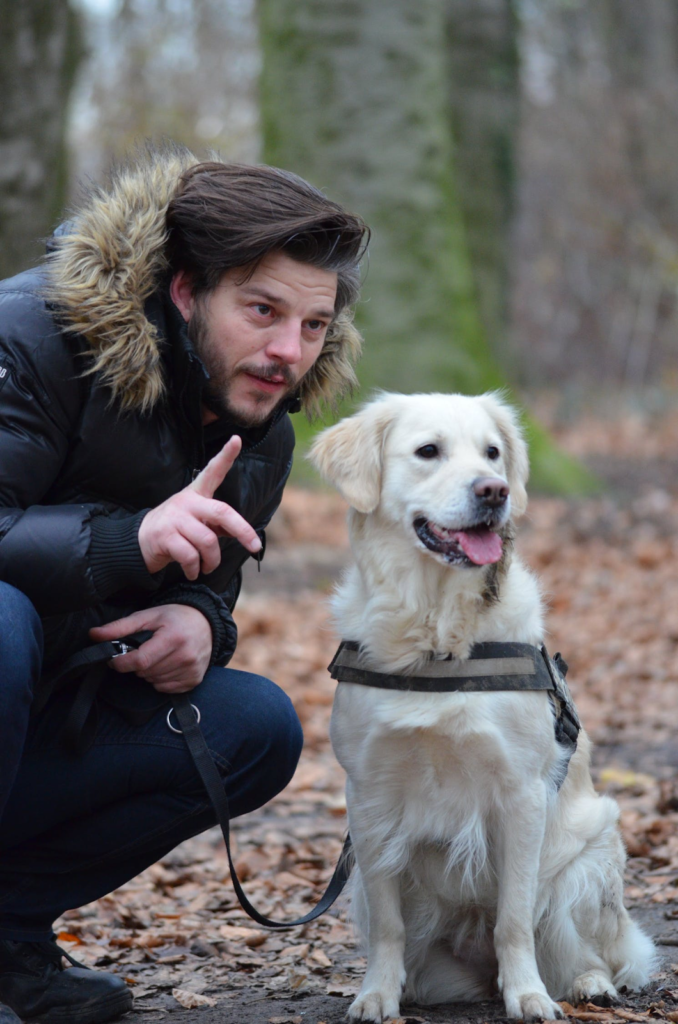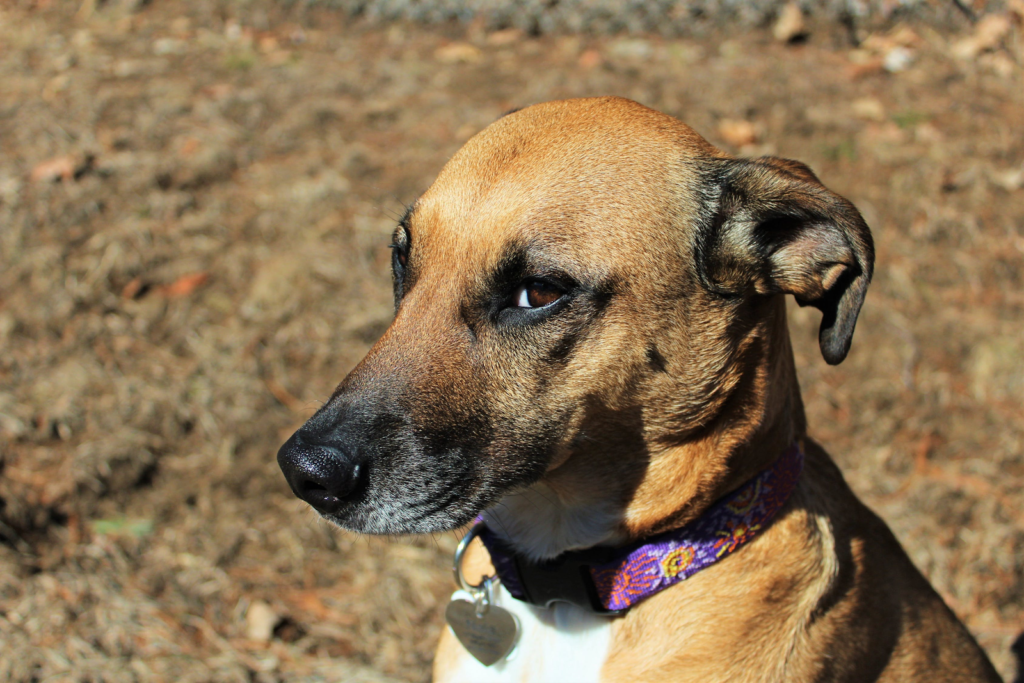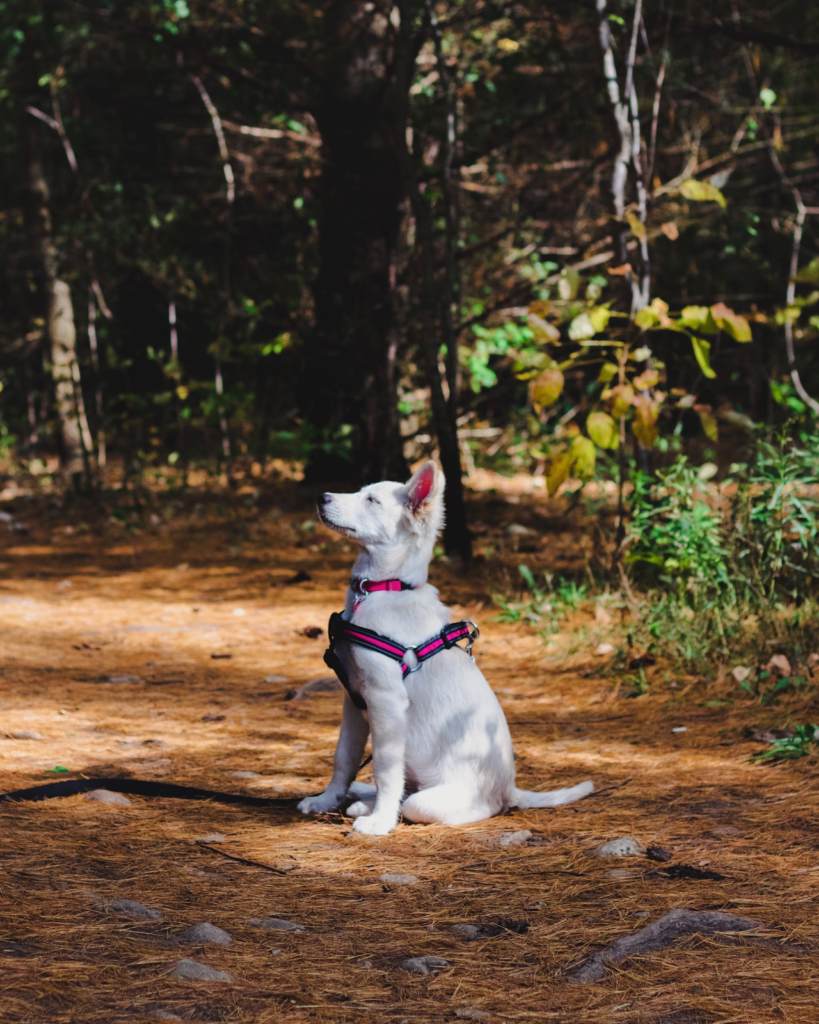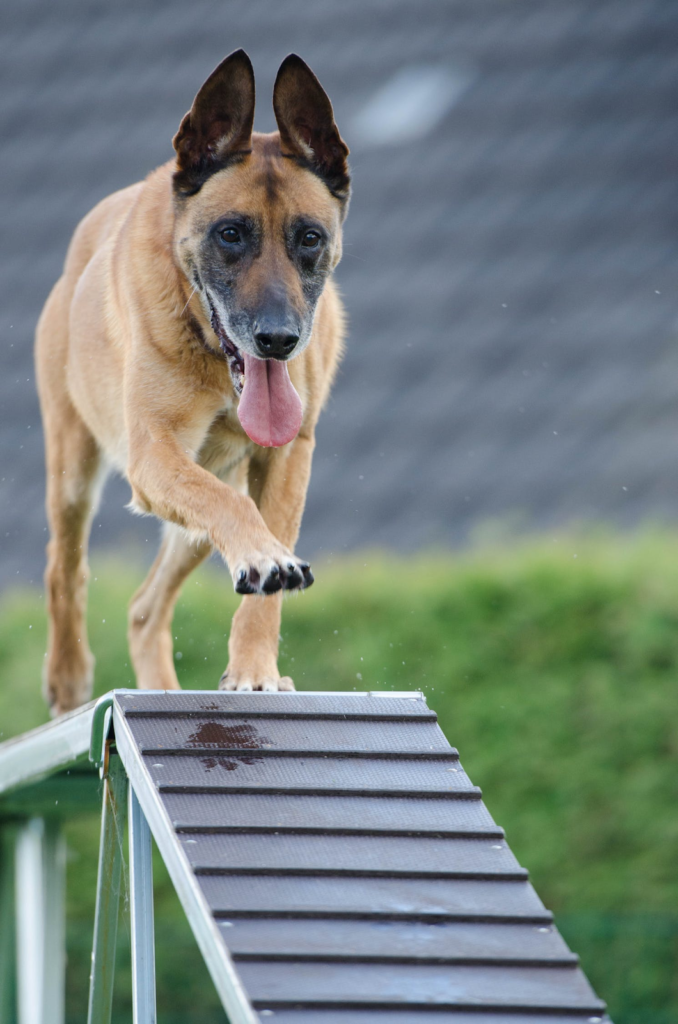
Dog Training Career
Dog training is a lucrative vocation for anyone seeking a rewarding career working with canines. Being a Dog trainer enriches the lives of dog parents by providing a structured method for them to interact with their fluffers and waggers and vice versa. Not only can you provide a significant positive impact for entire families by training a once-aggressive pooch, but you can also provide much needed structure for said pooch to thrive in.
When dogs know their place in the pack, it creates calmer and happier pets.
However, just like any training program, Dog training has its differences in methods and applications.
Focusing on positive rewards is one popular style, but there are many regimens you can choose from when selecting your preferred training approach.
If you’re interested in learning about effective methods of Dog training, you’re barking up the right tree.
Let’s get started chewing through this delicious bone of knowledge by clearing up the confusion about Dog training styles.

Here are the most popular methods of Dog training:
(Although we’ve broken down training methods into specific categories, the reality is that trainers often blend styles together.)
- Alpha Dog (Dominance) Method (Compulsion)
- Positive Reinforcement
- Clicker Training
- Scientific Training
- Classical Conditioning
- Electronic Training
- Model/Rival (Mirror) Training
- Relationship-based Training
You can also break down Dog training into the following overarching theories:
- Traditional Dog Training
- Modern Dog Training
- Balanced Dog Training
- Respect Training
A third way to break down Dog training styles according to research:
- Reward Based
- Punishment Based
- Neutral
With such a diverse taxonomy of training methods, it is understandable why there is so much debate about the best and most effective dog training approaches.
Scientifically speaking, the types of Dog training are not black and white, but instead fall on the ‘Dog Training Spectrum.’
Your best bet when choosing a training style may be to learn the basics of each and build your own hybrid technique.

BATTLE OF THE STYLES
There is much controversy and debate between members of different training schools.
As we investigate these training styles, we’ll also mention any known criticisms to give you the most balanced view possible.
Let’s dig in!
ALPHA DOG (DOMINANCE) METHOD (COMPULSION TRAINING)
This method, popularized in part by Cesar Milan, relies on teaching the dog that you are the pack leader. For example:
“If your dog wants to go out, then they have to sit before you open the door. If they want to eat, then they have to wait calmly while you prepare food.”
Some modern trainers believe that this training method is outdated in light of new research on pack mentality.
Also called ‘Compulsion’ training, this is the oldest method of Dog training that exists.
POSITIVE REINFORCEMENT TRAINING
Positive Reinforcement has been touted by celebrities such as Victoria Stilwell of Animal Planet’s TV show It’s Me Or The Dog, as well as Dawn Sylvia-Stasiewicz, who trained the Obamas’ dog Bo.
The overall approach for this type of training is that owners reward desired behavior with treats such as food, and do nothing when the dog exhibits undesirable behaviors such as barking or biting.
Clicker training is a type of positive reinforcement training that uses an audible ‘click’ to reward desired behaviors in dogs. There are lots of great dog clickers on the market. So, you wont have much trouble finding one that’s durable, ergonomic and loud enough for a dog to hear.
Steven R. Lindsay (author of Applied Dog Behavior and Training) explains that “rewards lead to greater active strategies, such as searching, exploring, and risk taking. In contrast, punishment tends to lead to hesitation, ritualization, and risk avoidance as well as generally more passive behaviors.”
There are numerous critiques of positive-only training, with the most common being that it doesn’t work as well for submissive dogs and generally doesn’t help eliminate undesirable behavior.

SCIENTIFIC TRAINING
Science-based Training blends classical conditioning and operant conditioning.
There are some positive rewards, but also negative punishments.
Some researchers believe you should also condition dogs to behave properly without rewarding them each time.
Science-based training is too broad to categorize accurately, as new studies are always coming out to alter the landscape of this training style.
ELECTRONIC TRAINING
The lay-term for this is known as ‘shock collar training,’ although collars containing a spray of Citronella can also be used.
This training is best used at a distance, when the dog’s proximity to the owner is far and a leash can’t be used effectively.
Studies indicate that this causes a great deal of stress to dogs subjected to this method of training.
MODEL/RIVAL (MIRROR) TRAINING
This method is based on the idea that dogs learn by observing.
Trainers will use other humans (or the owner) as models for completing desired behavior and being rewarded for it.
This is the ultimate version of ‘learning by example.’ The method works best when the dog already has a strong bond with its owner, which makes it more likely to follow suit by learning from its owner’s actions.

RELATIONSHIP BASED TRAINING
This method is a hybrid of other training styles that relies on the connection between the dog and its owner.
Relationship-based training requires more patience from both parties, as its basis is building on the dog’s current successes.
One manifestation of this style is to thoughtfully consider why the dog is behaving in an unwanted fashion, and addressing the root cause of this instead of just punishing the dog into compliance.
What about the meta breakdown of Traditional, Modern, and Balanced Dog training?

TRADITIONAL DOG TRAINING
The ‘traditional’ approach would encompass the Alpha Dog (Dominance) Method – showing the dog it’s place in the pack.
Some examples of this type of training would be to eat before the dog or walk through doorways before the dog.
However, modern research has shed light on the fact that dog packs would rarely organize themselves into such a rigid, coherent system.
These studies have paved the way for new strategies often called ‘modern’ dog training.
MODERN DOG TRAINING
The Modern approach incorporates Positive Reinforcement, Science-based Training, and subsets of each such as Clicker Training and the positive elements of Classical or Operant Conditioning.
The modern approach focuses on reinforcing positive behaviors rather than directly ‘correcting’ bad ones.
BALANCED DOG TRAINING
This method incorporates both of the previous styles – both the negative corrections and positive rewards of Classical or Operant Conditioning.
A balanced Dog trainer may use a clicker when the dog is just a puppy (positive), but also correct unwanted behaviors with punishments once the dog matures.
Most balanced Dog trainers use both methods because of the assumption that positive reinforcement alone is not enough.
Some Dog trainers are now calling for the method to be called ‘Crossover’ training, as they feel that using ‘balanced’ terminology is misleading in that it presupposes a better approach than positive reinforcement only.
Says Bob Maida, who trained Ronald Reagan’s dogs:
“I hate using the term (alpha dog) because it’s a buzzword that prompts the ‘positive crowd’ to near criminalize people that correct dogs,” Maida says. “You need balance. It’s like cooking – if you put too much salt in the dish, it’s not going to taste good.”
Now that you’ve learned about some popular Dog training methods – which one will you apply in your puppy bootcamp?
Did we miss anything? Email us at support@pocketsuite.io and let us know!
Like this article? You’ll love these articles:
- How to Get More Dog Training Clients on Yelp
- Our guide on how to generate leads for service businesses in 2022
- Our Frustrations with Square article





